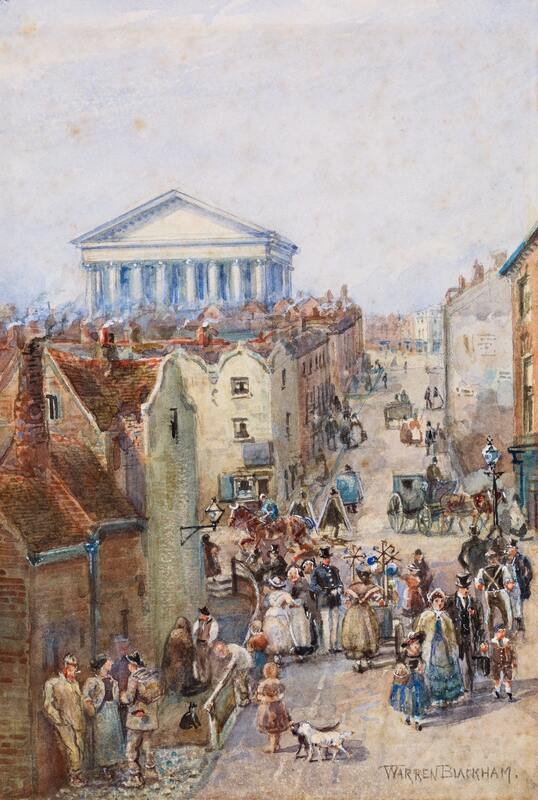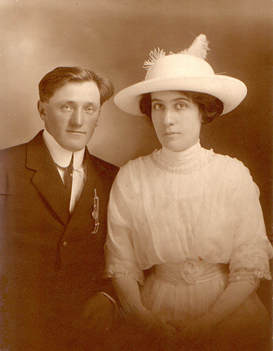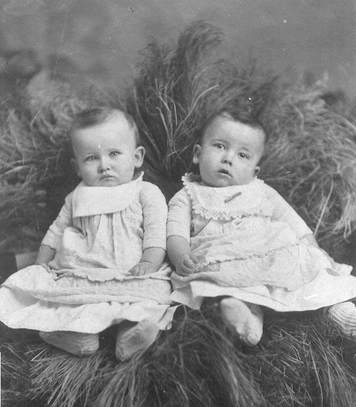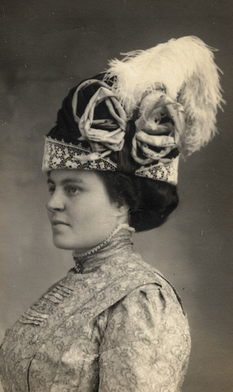 Photo by Birmingham Museums Trust on Unsplash The term microhistory has been around for a while but lately I’ve noticed that it has popped up in genealogy articles. As family historians we are using microhistory when we focused on researching a specific individual or family. Let’s look a bit more into microhistory and capturing our ancestors’ experiences. According to Wikipedia, microhistory is defined as “a genre of history writing which focuses on small units of research, such as event, community, individual, or settlement.” Another viewpoint is looking at an individual or family unit in the context of a local event. While I don’t know if as genealogists we are adhering to the strict guidelines of microhistory, we can use this definition to help us look at large events in a smaller scale. What if we spent time researching the impact of the Influenza Pandemic of 1918 to our family or their local community, using letters, obituaries, and local histories? Or delved deeper into the effect World War II had in their farming community? How did it impact your family specifically?
When writing our family histories, we want to be aware of the events in history that happened during their lifetime. If we look at recent history, we all have memories of the 911 attacks—what we were doing and when we heard the news but for someone living in the Midwest that experience would be quite different than for someone who worked near the twin towers. This is where we can bring our own family’s perspective, specific to an event and community. In the past we’ve talked about how it is important for us to not include historical events in our story unless we can do so with some context to our family. For example if your family has ration coupons during World War II, you could research how the coupons were used and find information related to the community that your family lived in and note how that impacted your family. Did your family raise their own meat, milk, eggs, and vegetables but needed to buy sugar? Did they change how they baked or what they made? How was their experience different than someone who lived in town? Was it easier in some ways because they were more self-sufficient for their food? Or even today as we deal with the pandemic different parts of the United States have had different experiences. Or people who are essential workers versus someone living in a retirement center would have different viewpoints on the impact. Perhaps you’ve noticed that when your family settled in Wisconsin, or whatever state they homesteaded, their neighbors were all from the same area of Germany. A micro-history would be to study those individual families to help you understand the events that led to the exodus from Germany to Wisconsin. In turn this could help you better understand your family’s motives. People who settled there may have left for a very different reason than someone two hundred miles away. In the July/August issue of Your Genealogy Today, Joe Grandinetti has written an interesting article called “Microhistory in Genealogy—A Closer Look”. If you’re interested in exploring more about using microhistory in genealogy, it is a good read. He also highlights Anne Patterson Rodda’s book, Trespassers in Time: Genealogists and Microhistorians. There are excellent examples of how she used information about a location, a social event, and culture to tease out a better understanding of her family roots as it related to their time and place. While it feels like we’ve been busy exploring microhistory as genealogists for a long time, I think we can challenge ourselves to craft a better family history by explorer the impact that a historic event had locally and specifically to our ancestor. Challenge yourself to take a deeper view into your family’s history.
0 Comments
Leave a Reply. |
AuthorWith a lifelong passion for genealogy and history, the author enjoys the opportunity to share genealogy tidbits, inspiring others to research and write their family story. Archives
July 2024
Categories |



 RSS Feed
RSS Feed